Injera
እንጀራ
Injera is a sour fermented pancake-like flatbread with a slightly spongy texture, traditionally made of teff flour. In Ethiopia and Eritrea, injera is a staple. Injera is central to the dining process in Amhara community, like bread or rice elsewhere and is usually stored in the mesob. Traditionally, injera is made with just two ingredients: teff flour and water. Teff flour is ground from the grains of Eragrostis tef, also known as teff, a cereal crop from the Ethiopian Highlands. Teff production is limited to certain middle elevations with adequate rainfall and is a low-yield crop, so it is relatively expensive for the average farming household. Many farmers in the Ethiopian highlands grow their own subsistence grains, so wheat, barley, corn, or rice flour are sometimes used to replace the teff content. Teff seeds are graded according to color, used to make different kinds of injera: nech (white), key or quey (red), and sergegna (mixed). When teff is not available, injera is made by fermenting a variety of different grains, including barley, millet, and sorghum. Teff, however, is the preferred grain for making injera, primarily because of its sensory attributes (color, smell, taste). Teff flour is gluten-free. To make injera, teff flour is mixed with water. The fermentation process is started by adding ersho, a clear, yellow liquid that accumulates on the surface of fermenting teff flour batter and is collected from previous fermentations. The aerobic microbial flora of ersho contains spores of Bacillus species (unable to grow at the low pH of 3.5) and several yeasts (in order of abundance): Candida milleri, Rhodotorula mucilaginosa, Kluyveromyces marxianus, Pichia naganishii and Debaromyces hansenii. The mixture is then allowed to ferment for an average of two to three days, giving it a mildly sour taste.
Source: Wikipedia
Recipes

Injera - Traditional Recipe from Eritrea & Ethiopia | 196 flavors
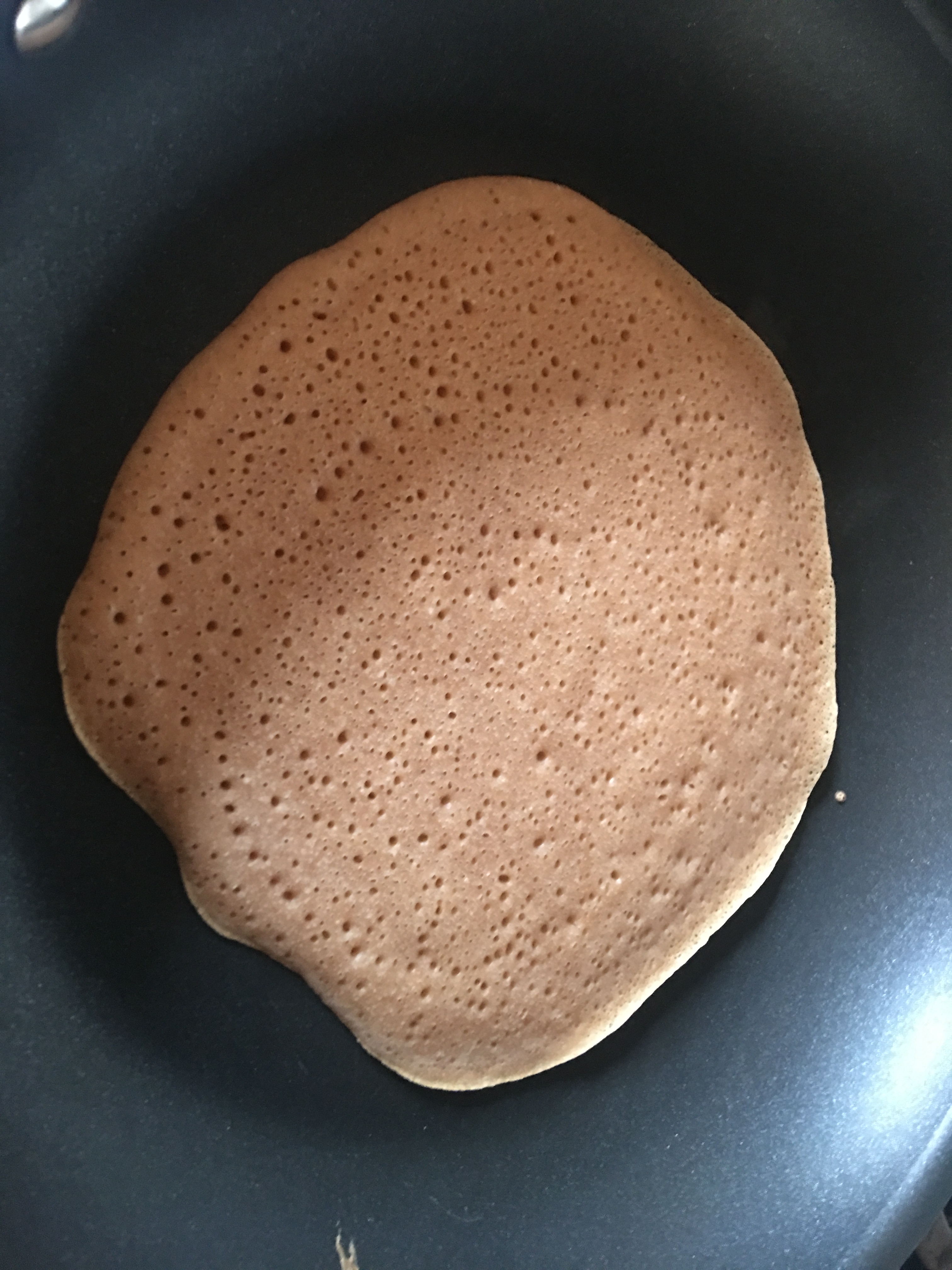

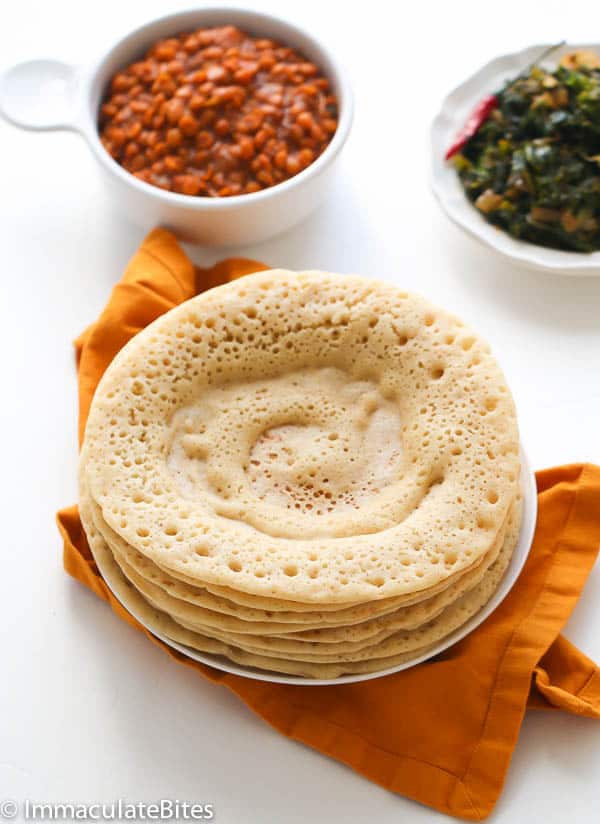

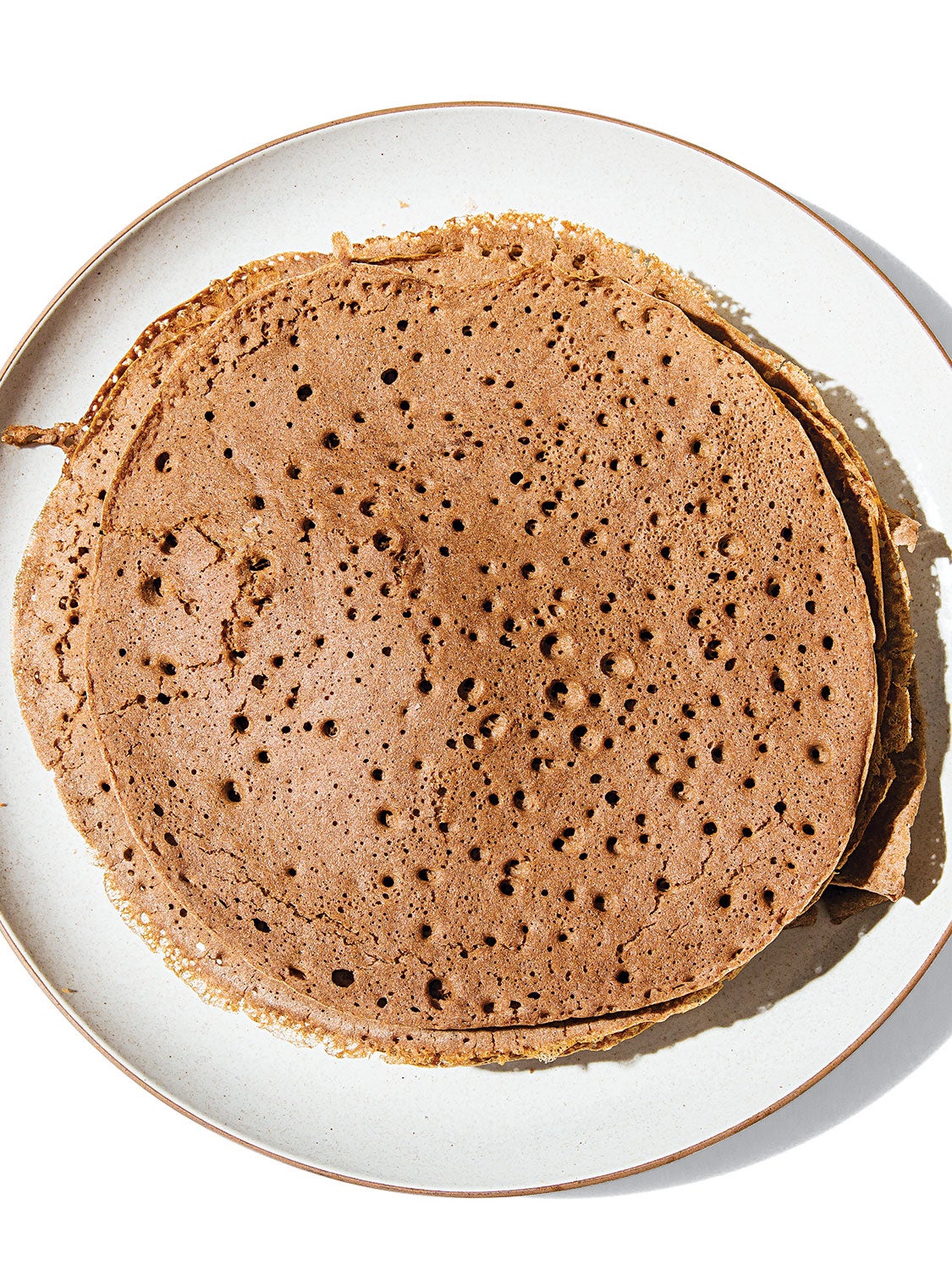
:max_bytes(150000):strip_icc()/dairy-free-injera-1000599-hero-01-2766d3d812a44419a2b2cd35d2460337.jpg)
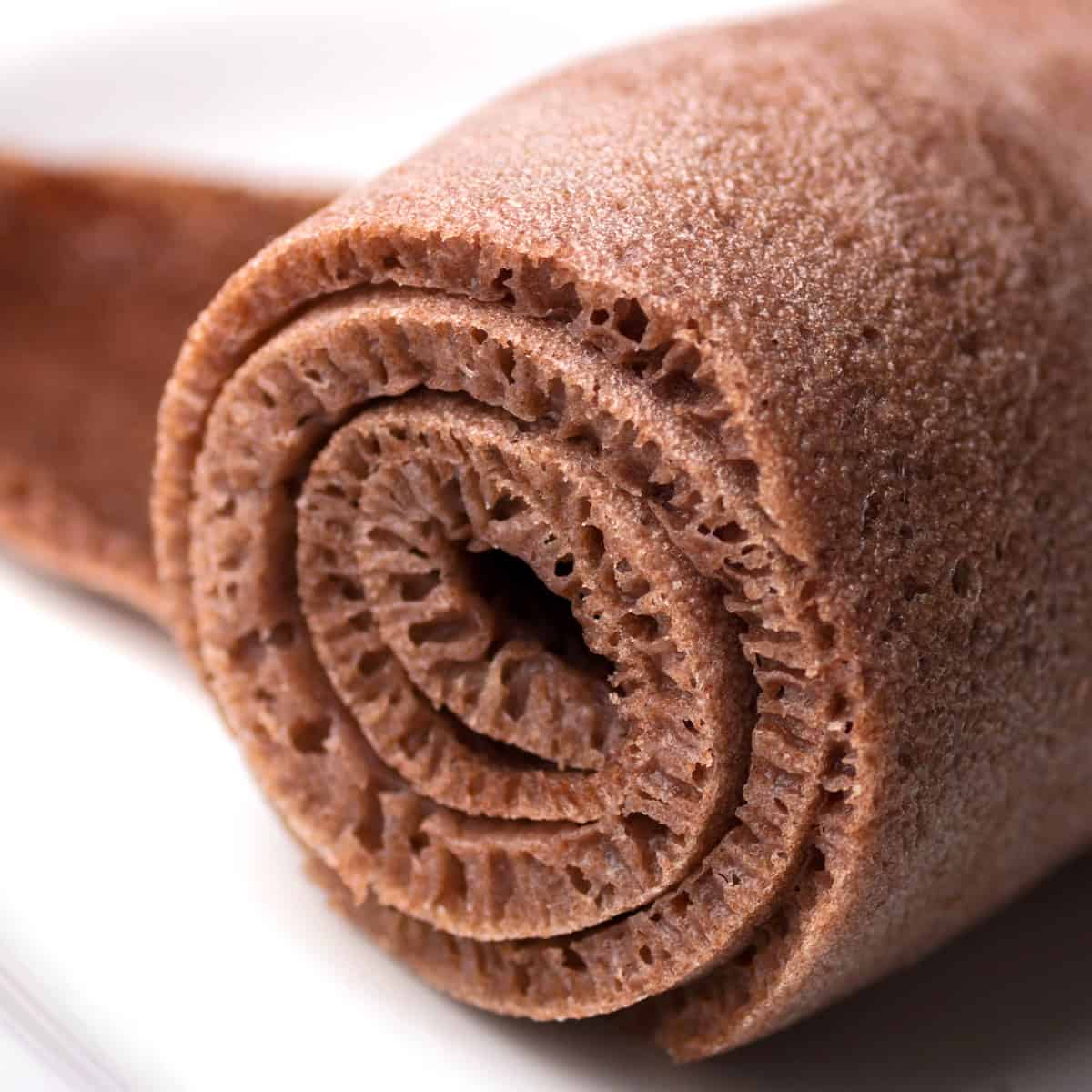





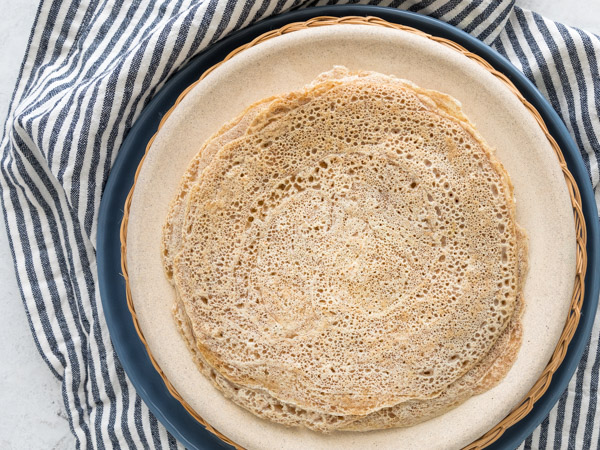

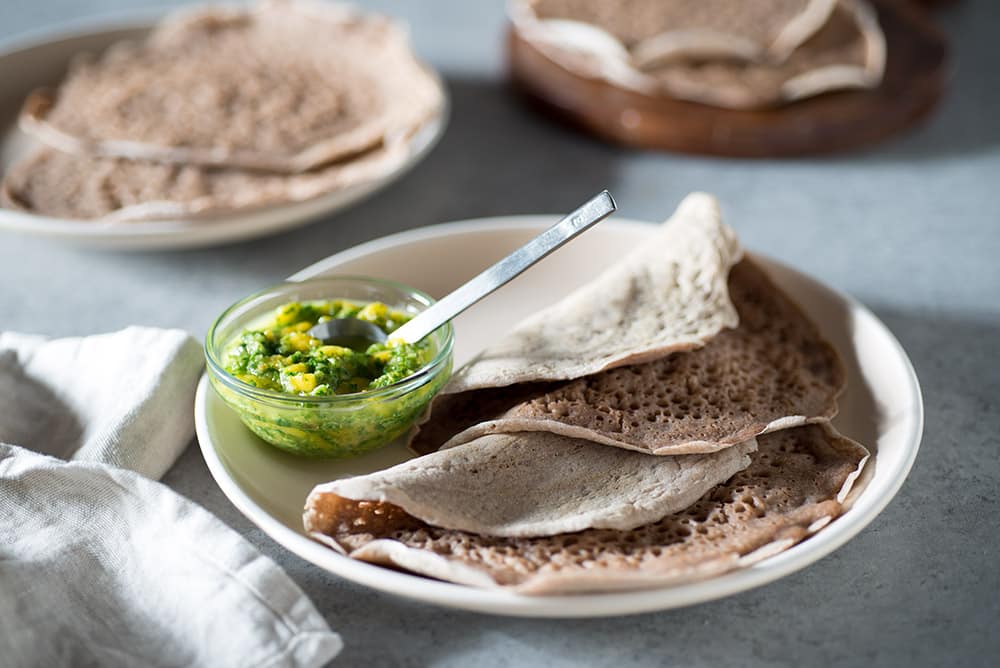
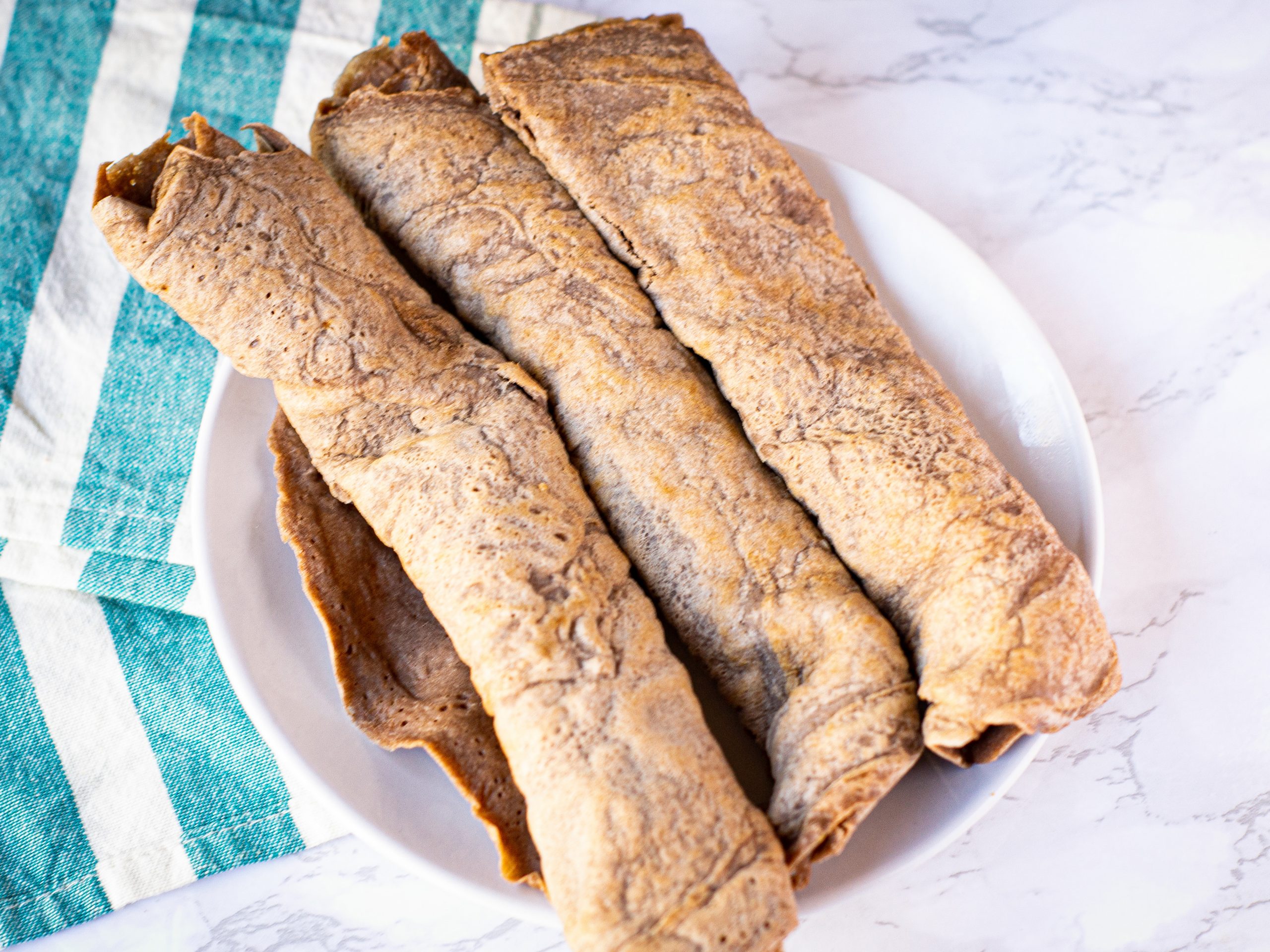
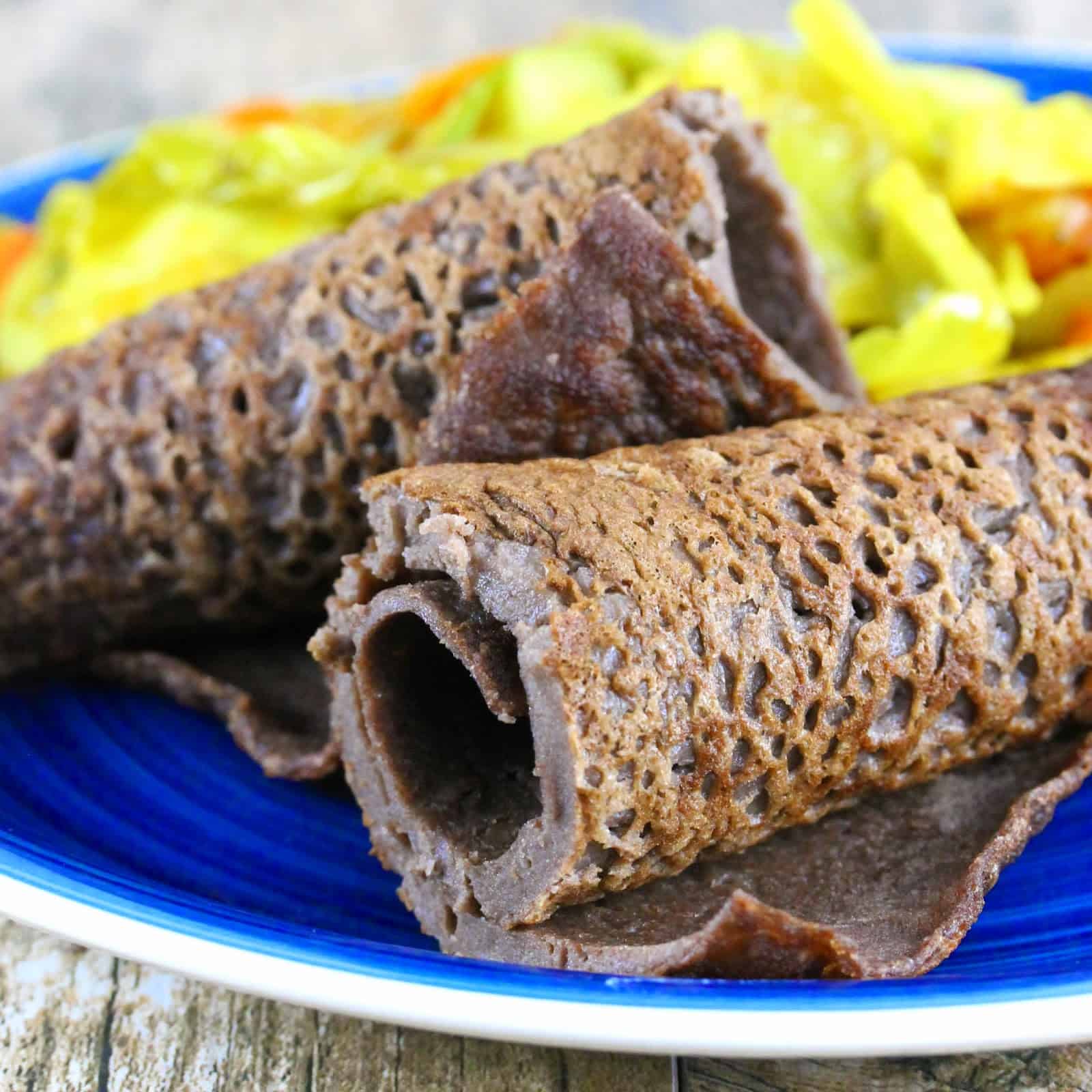
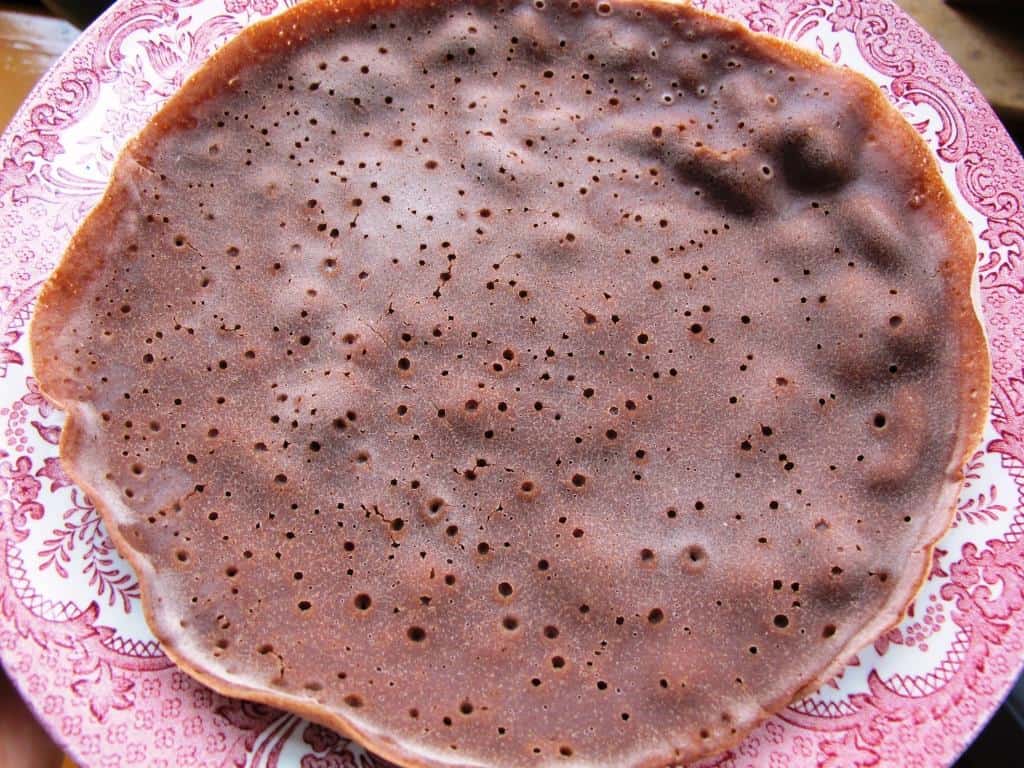
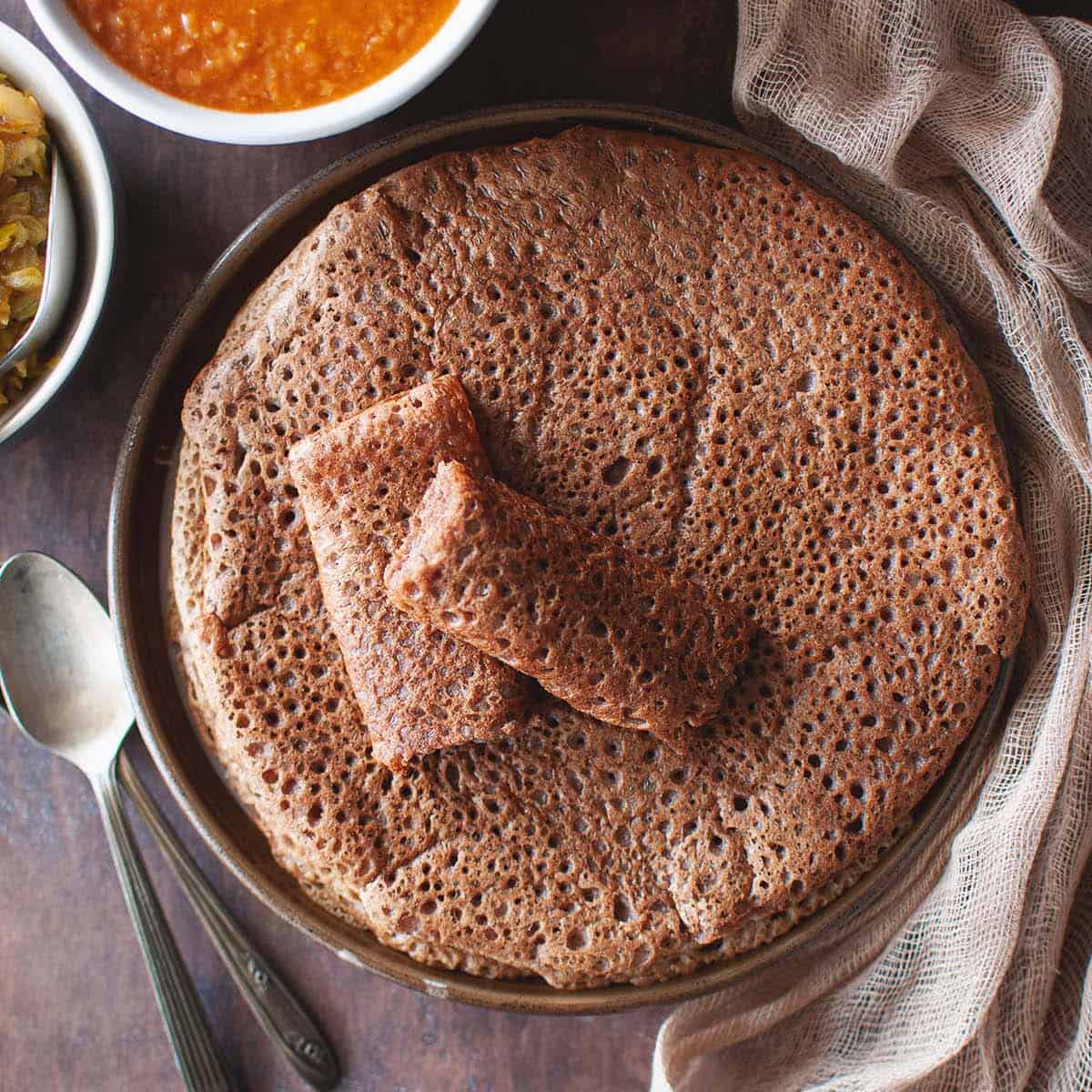
:max_bytes(150000):strip_icc()/4784691-6f0ed49768504f5b84c604ed82a220e2.jpg)


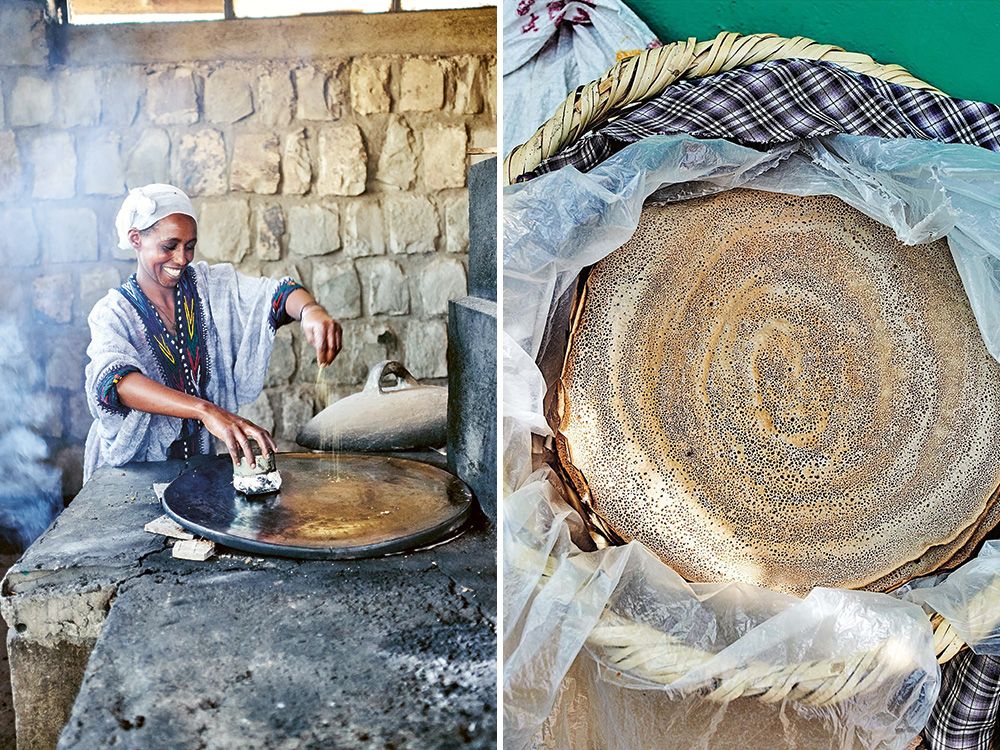
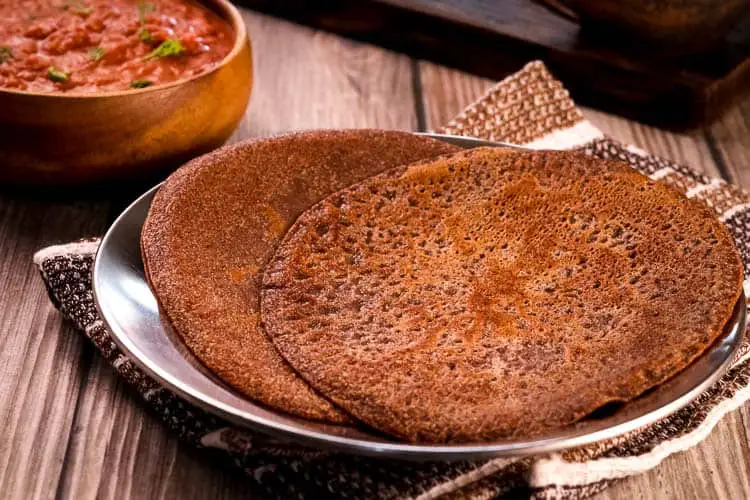

:max_bytes(150000):strip_icc()/5443045-injera-ethiopian-teff-bread-Buckwheat-Queen-4x3-1-a9db76aa02ef46e1ac58c43b27e6ad21.jpg)
:max_bytes(150000):strip_icc()/651532-877d5e17ddbd421a87d7fcf4e3052e01.jpg)
